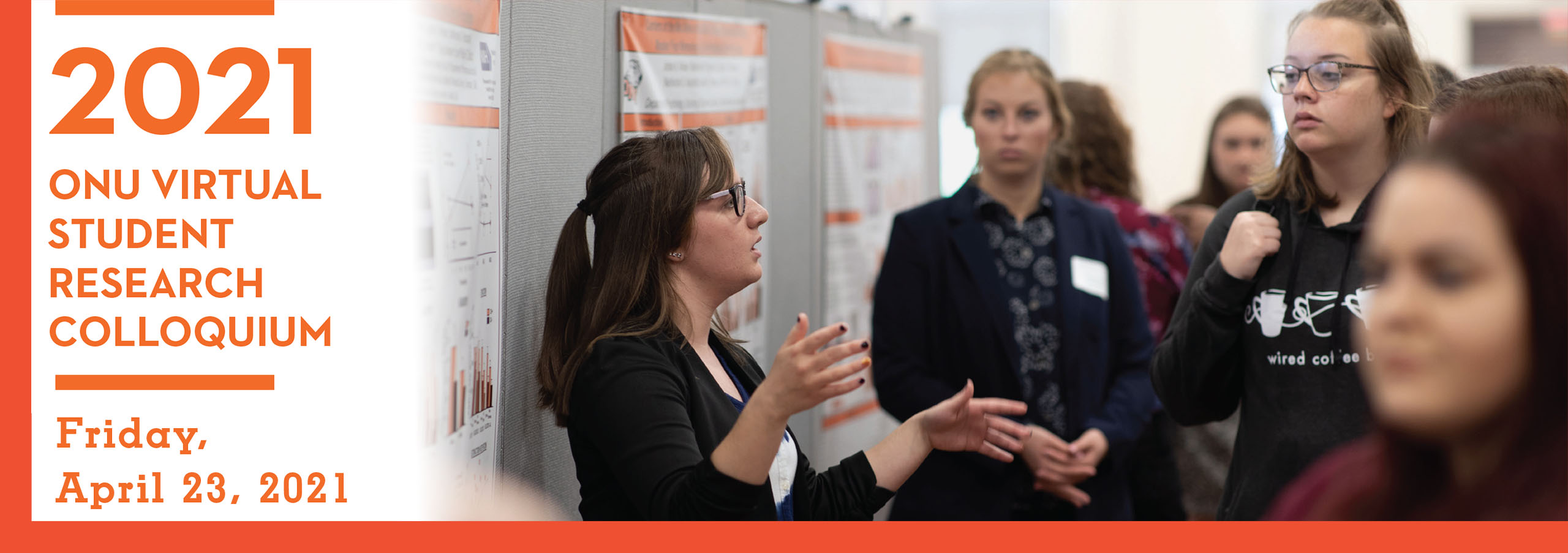Sponsor
Jamie Hunsicker, DNP
Ohio Northern University
Health & Behavioral Sciences, Nursing
j-hunsicker@onu.edu
Advisor(s)
Jamie Hunsicker, DNP
Ohio Northern University
Health & Behavioral Sciences, Nursing
j-hunsicker@onu.edu
Megan Lieb, DNP
Ohio Northern University
Nursing, Health & Behavioral Sciences
m-lieb.2@onu.edu
Document Type
Poster
Start Date
23-4-2021 9:00 AM
Abstract
Problem: Pressure Ulcers are an easily preventable injury that are common in the hospital. Whether it’s due to a lack of education or short-staffing, pressure ulcers can be prevented with simple interventions.
Purpose: The purpose of this project was to determine the effect of pressure ulcer education on nurses’ attitudes and implementation of prevention when caring for hospice patients
Methods: Pressure ulcer education was developed using recent literature and facility protocols. Interventions and knowledge about pressure ulcer prevention was measured pre-education and following education using author-developed surveys given and collected from the sample included nurses on an Oncology/Medical Surgical unit.
Pertinent Findings: It’s expected that education will increase nurses' knowledge and attitudes towards intervention implementation which will allow for an increase in quality of care within nursing practice.
Conclusion: This project shows a need for pressure ulcer prevention that can be easily implemented with purposeful hourly rounding and interventions. This will decrease the risk of severe complications and additional hospital costs. Educating family, the patient, and nursing personal will ensure that all measures are being met.
Recommended Citation
Carver, Gabriella, "Pressure Ulcer Prevention in Hospice Patients" (2021). ONU Student Research Colloquium. 6.
https://digitalcommons.onu.edu/student_research_colloquium/2021/posters/6
Restricted
Available to ONU community via local IP address and ONU login.
Pressure Ulcer Prevention in Hospice Patients
Problem: Pressure Ulcers are an easily preventable injury that are common in the hospital. Whether it’s due to a lack of education or short-staffing, pressure ulcers can be prevented with simple interventions.
Purpose: The purpose of this project was to determine the effect of pressure ulcer education on nurses’ attitudes and implementation of prevention when caring for hospice patients
Methods: Pressure ulcer education was developed using recent literature and facility protocols. Interventions and knowledge about pressure ulcer prevention was measured pre-education and following education using author-developed surveys given and collected from the sample included nurses on an Oncology/Medical Surgical unit.
Pertinent Findings: It’s expected that education will increase nurses' knowledge and attitudes towards intervention implementation which will allow for an increase in quality of care within nursing practice.
Conclusion: This project shows a need for pressure ulcer prevention that can be easily implemented with purposeful hourly rounding and interventions. This will decrease the risk of severe complications and additional hospital costs. Educating family, the patient, and nursing personal will ensure that all measures are being met.

